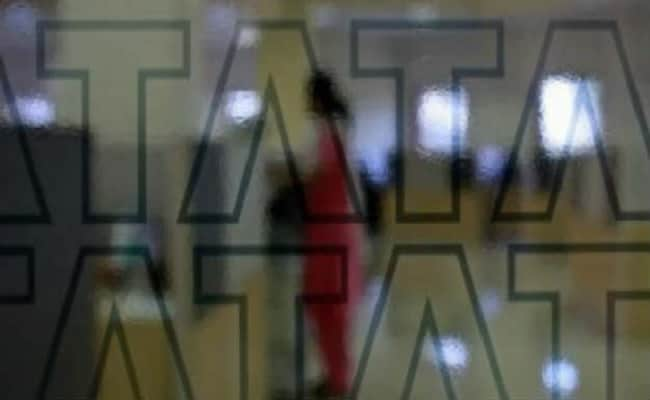Watch | Marginal increase in allocations to agriculture, fisheries, and animal husbandry
Maintaining that the ‘annadata’s’ welfare is the highest priority of the Centre, Union Finance Minister Nirmala Sitharaman said in her Budget that farmers’ empowerment and well-being will drive the country forward.
The allocation for the Agriculture Ministry is ₹1,17,528.79 crore, an increase of ₹1,997 crore when compared with the previous Budget. The allocation for the Ministry in the revised estimates was ₹1,16,788.96 crore while the actual expenditure in 2022-23 was ₹ 99,877.01 crore.
Also read: Budget 2024 updates
While schemes like the Pradhan Mantri Fasal Bima Yojana saw an increase in allocation, the allocation under the PM Kisan Samman Nidhi remained the same at ₹60,000 crore. The PM Kisan Man Dhan Yojana, however, saw a decrease in allocation.
Image used for representative purpose only.
| Photo Credit:
REUTERS
Union Agriculture Minister Arjun Munda said the Budget is a mirror of Prime Minister Narendra Modi’s guarantee while rapidly paving the way for India on the path of development. For agricultural research, the allocation is ₹9,941.09 crore. Farmers’ organisations, however, termed the allocations as inadequate.
Ms. Sitharaman said in her speech that farmers are our annadata (providers of food) and direct financial assistance is provided to 11.8 crore farmers, including marginal and small farmers, under the PM Kisan Samman Nidhi. “Crop insurance is given to four crore farmers under PM Fasal Bima Yojana. These, besides several other programmes, are assisting annadata in producing food for the country and the world,” she said.
The Minister said the Electronic National Agriculture Market (E-Nam) has integrated 1,361 markets and is providing services to 1.8 crore farmers with a trading volume of ₹3 lakh crore. “The sector is poised for inclusive, balanced, higher growth and productivity. These are facilitated from farmer-centric policies, income support, coverage of risks through price and insurance support, promotion of technologies and innovations through start-ups,” the Minister said.
Also Read: Where does the money come from and where is it allocated?
She spoke of the efforts to add value in the agricultural sector, and said the Pradhan Mantri Kisan Sampada Yojana had benefitted 38 lakh farmers and generated employment for 10 lakh. “Pradhan Mantri Formalisation of Micro Food Processing Enterprises Yojana has assisted 2.4 lakh self-help groups and 60,000 individuals with credit linkages. Other schemes are complementing the efforts for reducing post-harvest losses, and improving productivity and incomes,” she said, adding that the government would further promote private and public investment in post-harvest activities, including aggregation, modern storage, efficient supply chains, primary and secondary processing, and marketing and branding.
Ms. Sitharaman announced a strategy will be formulated to achieve self reliance for oil seeds such as mustard, groundnut, sesame, soybean and sunflower. “This will cover research for high-yielding varieties, widespread adoption of modern farming techniques, market linkages, procurement, value addition, and crop insurance,” she said.
The Samyukt Kisan Morcha alleged that this proposal in the Budget was to hand over the sector to big corporate houses.

The Minister said a comprehensive programme for supporting dairy farmers will be formulated. “Efforts are already on to control foot and mouth disease,” she said, adding that the programme will be built on the success of existing schemes, including the Rashtriya Gokul Mission, National Livestock Mission, and Infrastructure Development Funds for dairy processing and animal husbandry. The Ministry received an allocation of ₹4,521.24 crore, an increase of almost ₹200 crore when compared with the previous Budget.
The Minister said a separate Department for Fisheries has resulted in the doubling of both inland and aquaculture production. “Seafood export since 2013-14 has also doubled. Implementation of the Pradhan Mantri Matsya Sampada Yojana (PMMSY) will be stepped up to enhance aquaculture productivity from existing three to five tonnes per hectare, double exports to ₹1 lakh crore and generate 55 lakh employment opportunities in near future,” she said. The allocation for the department is ₹2,584.50 crore.
The Budget, however, was silent on issues such as a guaranteed minimum support price based on the M.S. Swaminathan Committee’s formula, which is a long-standing demand of farmers. Farmers have also been seeking more public investment in agriculture and subsidies to form producing and marketing cooperatives and collectives, and have called for a rural bandh on February 16 against the Centre’s policies.












